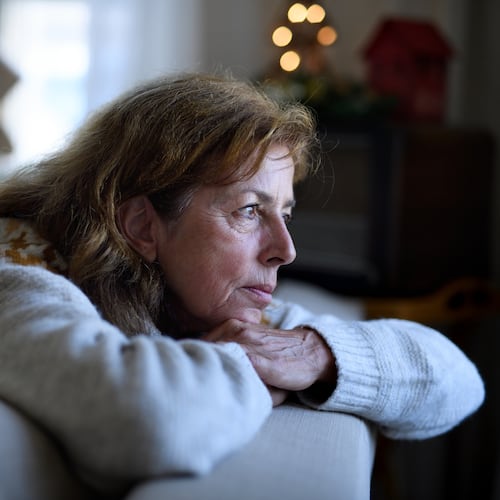A new study from the University of Michigan shows how surfaces can pose as a reservoir of coronavirus risk in nursing homes.
Research from Michigan Medicine shows the objects close to the beds of patients who have COVID-19 are of particular risk.
According to the Centers for Disease Control and Prevention, the virus that causes COVID-19 is transmitted through inhalation, deposition and touching. It’s the latter that was the focus of the Michigan Medicine study, which was conducted in state nursing homes between October 2020 and January 2021. This was the period that the state had a prolonged case surge.
The study found that 90% of current COVID patients’ rooms had detectable coronavirus on at least one surface. Days later, the virus was still detectable on certain surfaces, particularly TV remote controls and nurse call buttons.
The findings were published last month in the Journal of the American Geriatrics Society, which is peer-reviewed.
Of more than 2,000 samples taken from inside and around the rooms of 104 COVID patients, 28% were positive for coronavirus RNA. Researchers didn’t test for the swabs’ infection-causing capabilities. However, the study can aid in pinpointing surfaces that need cleaning. It can also help inform policies for infection prevention.
Additionally, the study found that the virus was rare or not detectable on surfaces outside the COVID patients’ rooms. This is likely due to the COVID units’ vigorous infection prevention protocols.
“These data show that coronavirus is ubiquitous and persistent in the rooms of nursing home residents with COVID-19, and highlight the ongoing importance of rigorous cleaning and protection of staff and visitors,” said Dr. Lona Mody, first author and leader of nursing home infection prevention research at Michigan Medicine’s Department of Internal Medicine, Division of Geriatric and Palliative Medicine. Mody is also affiliated with Veterans Affairs Ann Arbor Healthcare System.
For the study, Mody worked with Emily Martin, Ph.D., of the U-M School of Public Health along with members of their teams. She also worked with the staff of the four nursing homes to conduct the study.
Results showed that the more independently the patients could move or function, the greater likelihood of surfaces — including remote controls, doorknobs, beds and nurse call buttons — to have persistent coronavirus present. In the sitting areas, nurses’ stations and elevator buttons closed to the COVID units, very few swabs were positive.
Researches concluded that “more investigation is needed to determine the implications of this for infectiousness.”
For more content like this, sign up for the Pulse newsletter here.
About the Author
Keep Reading
The Latest
Featured


